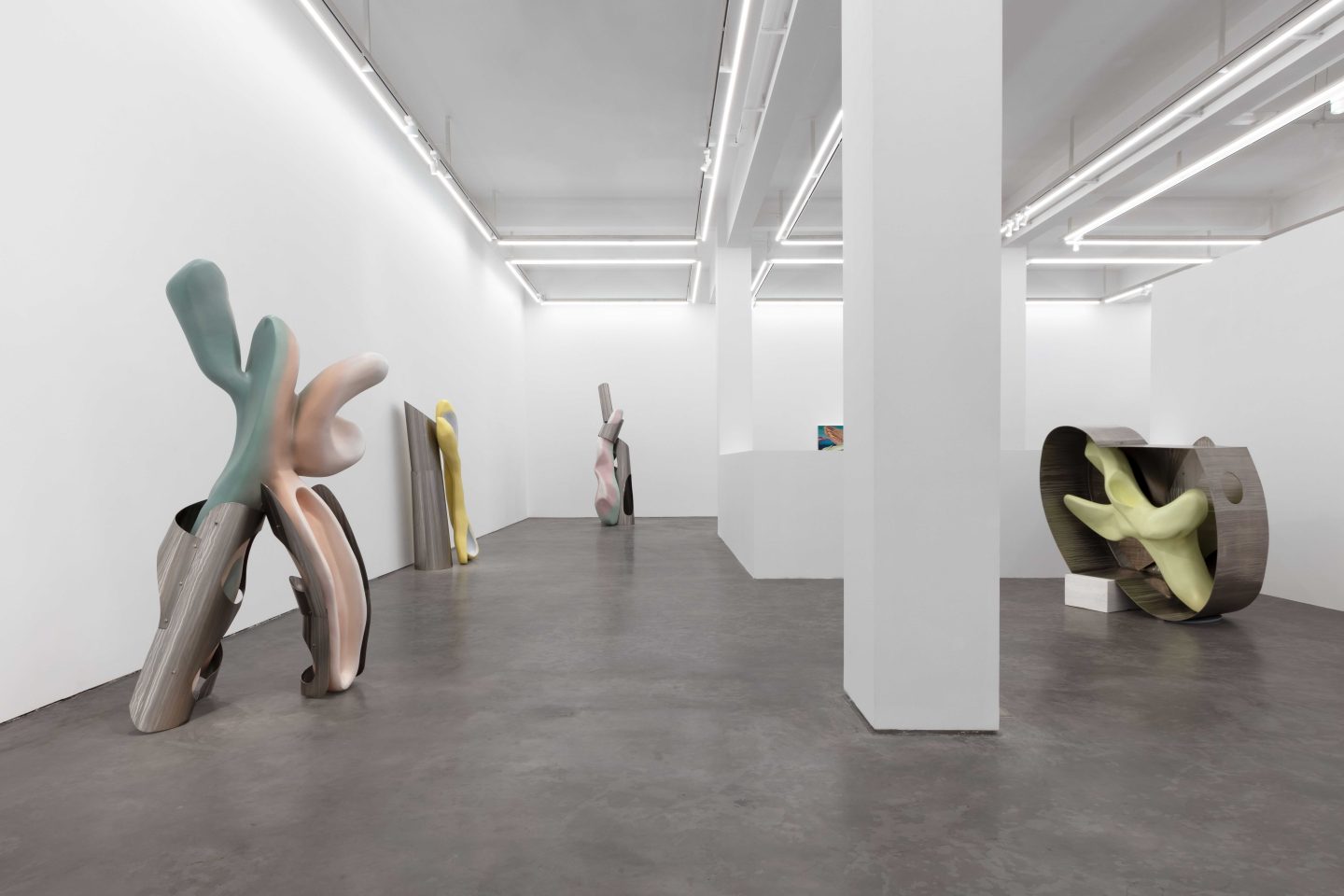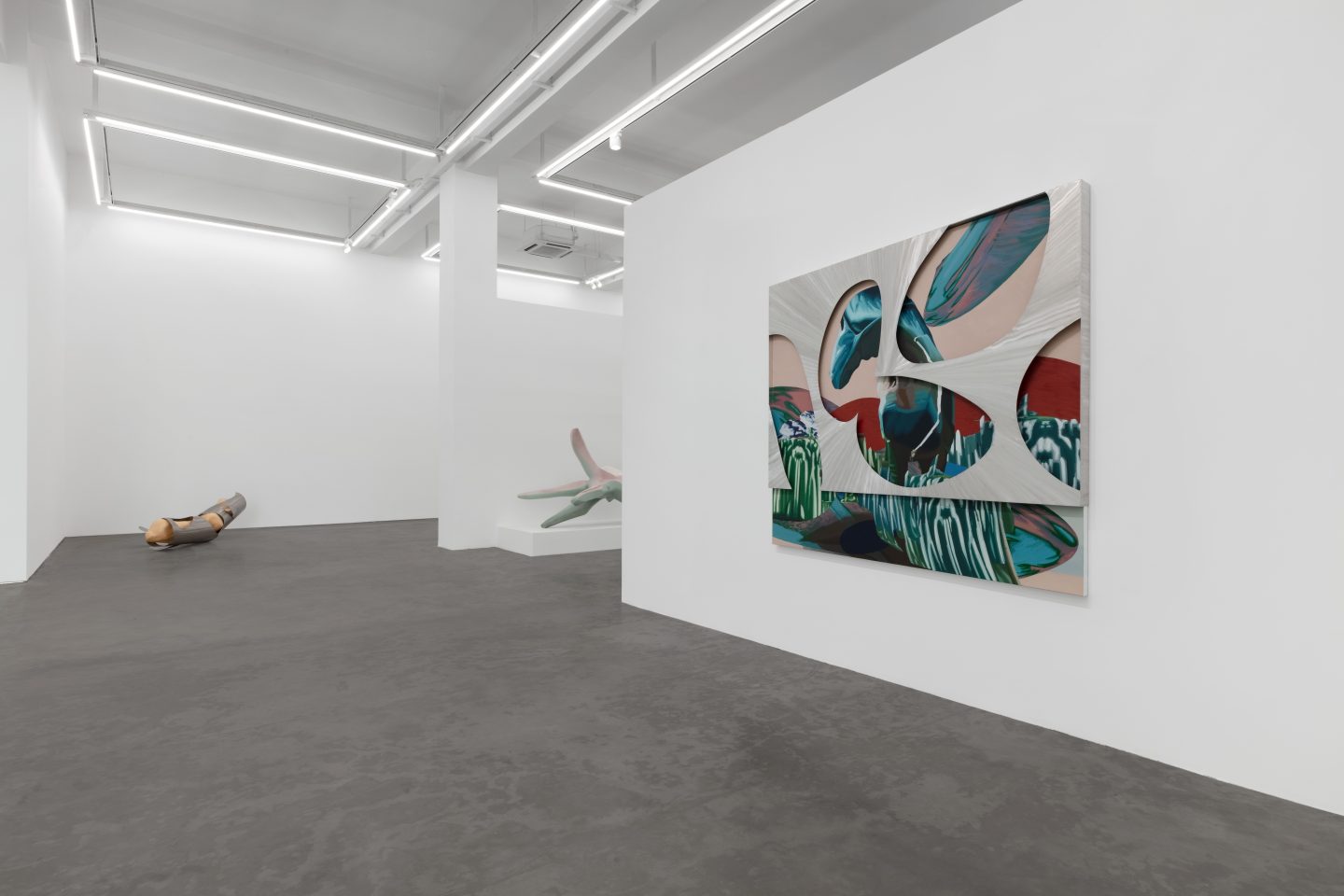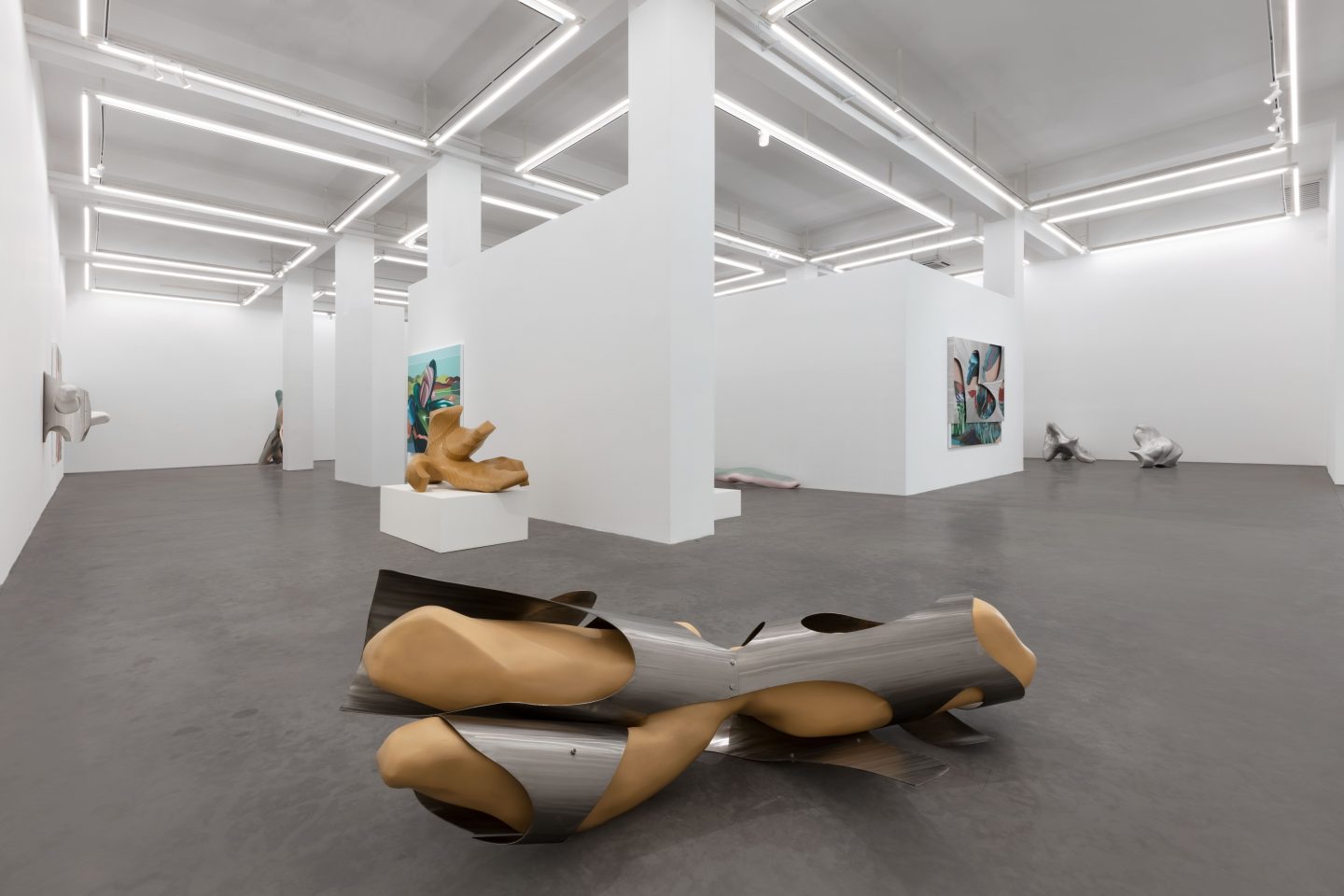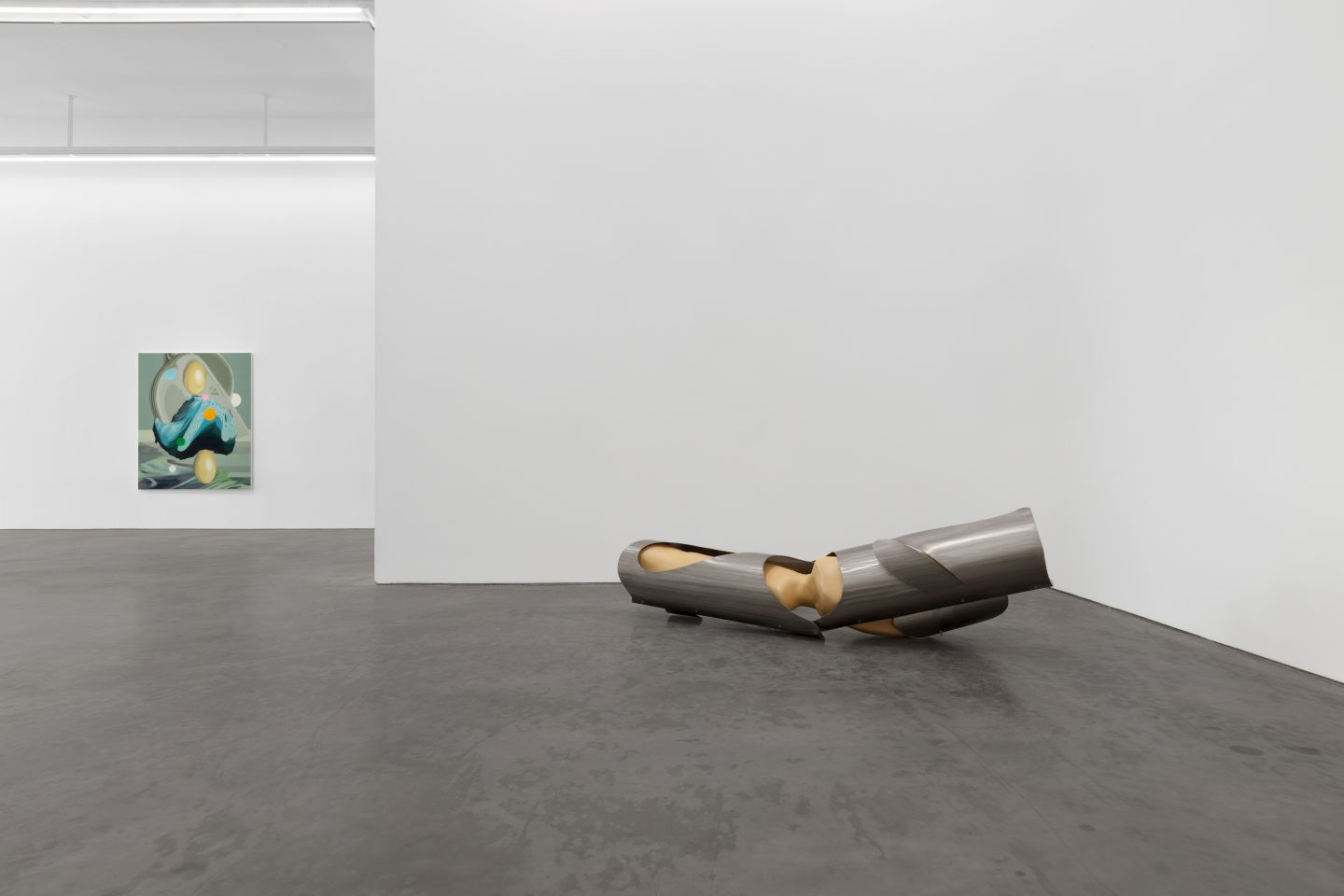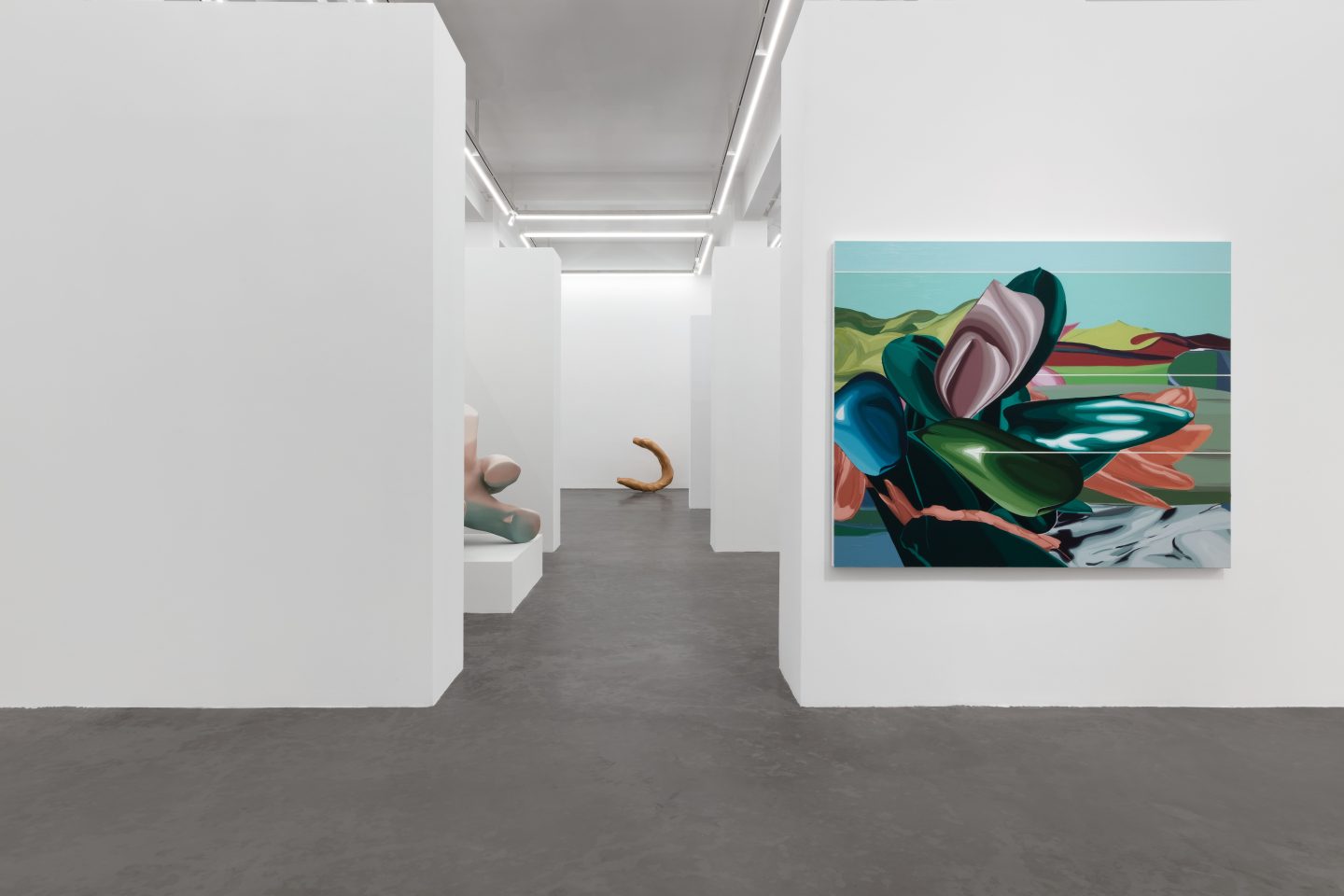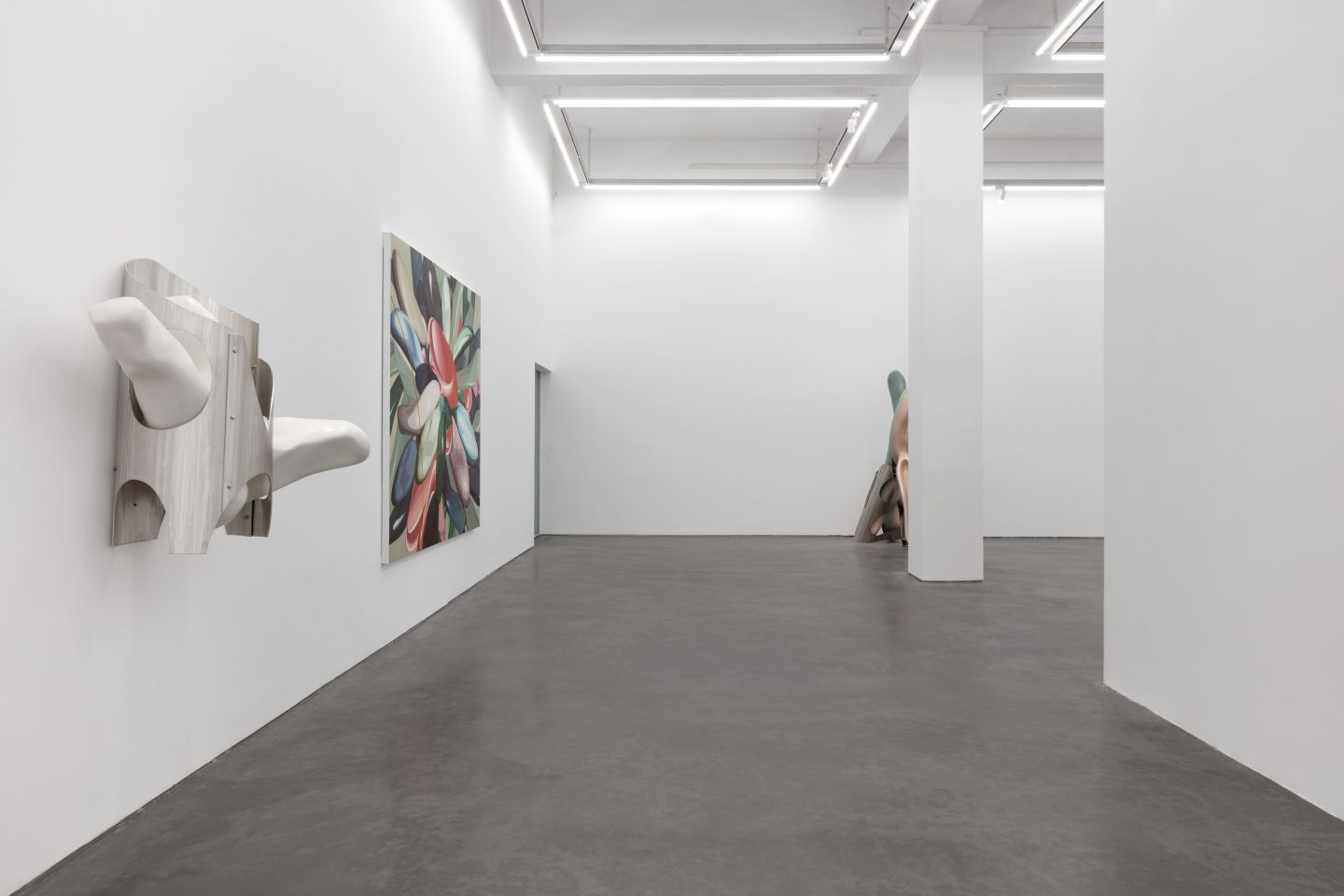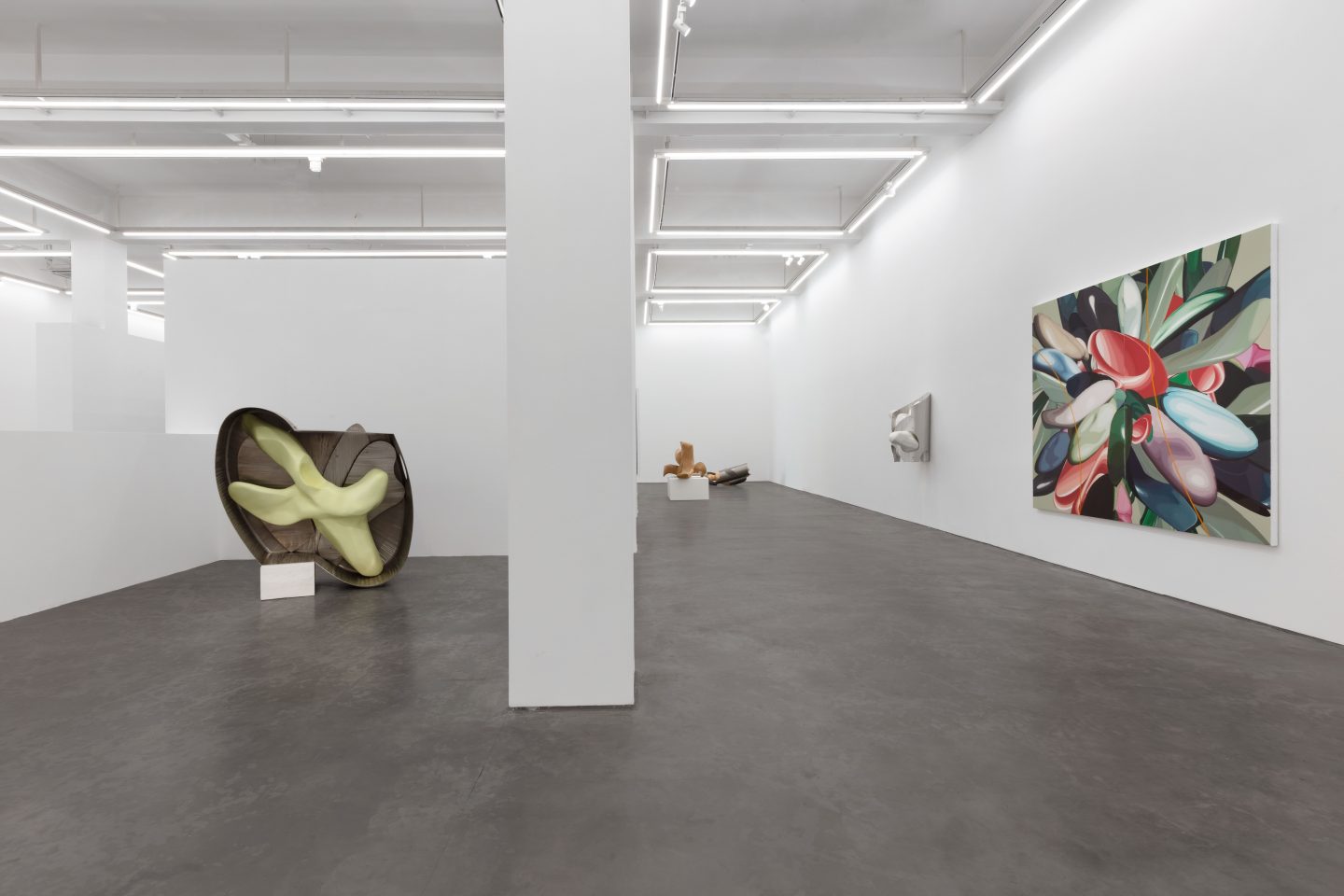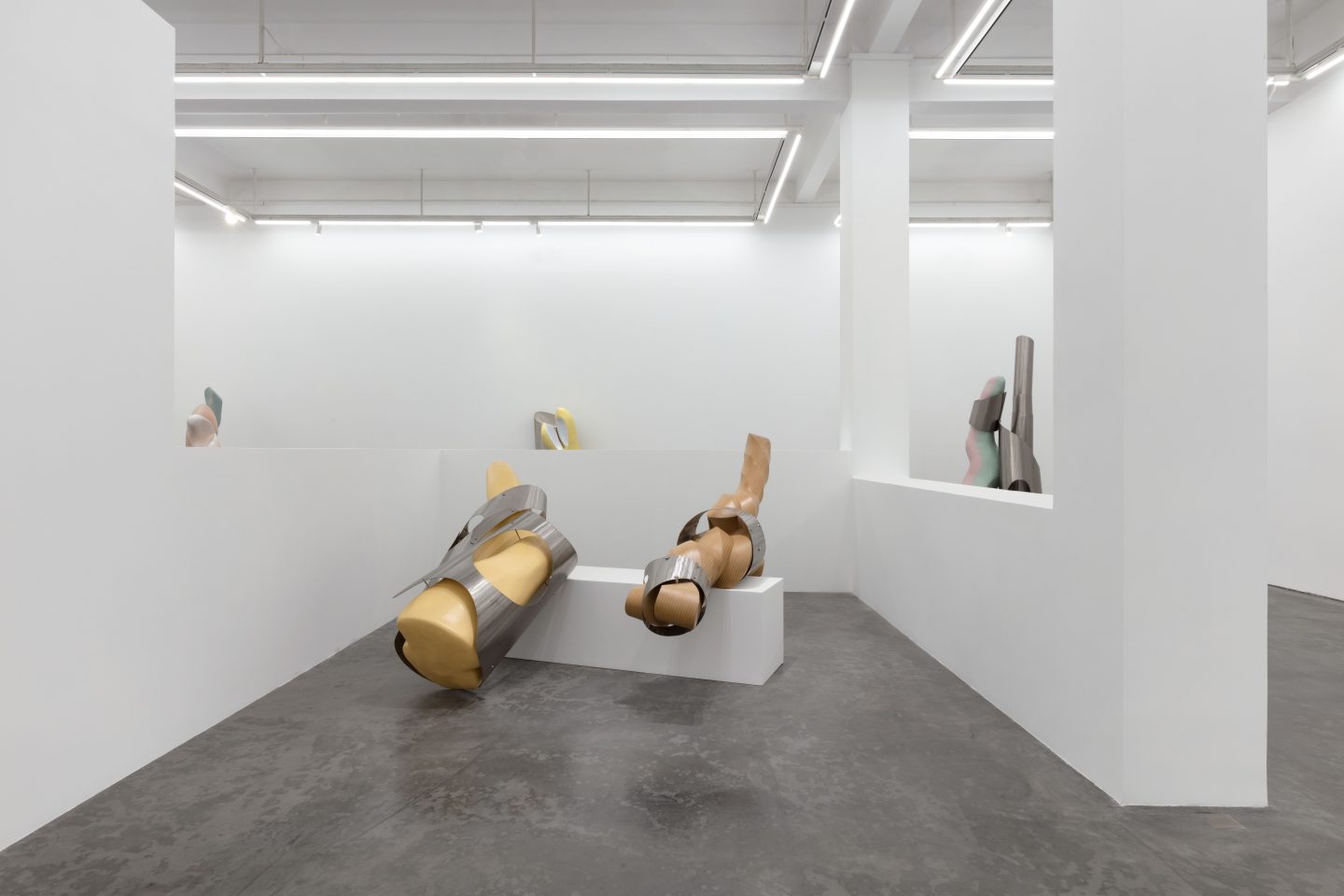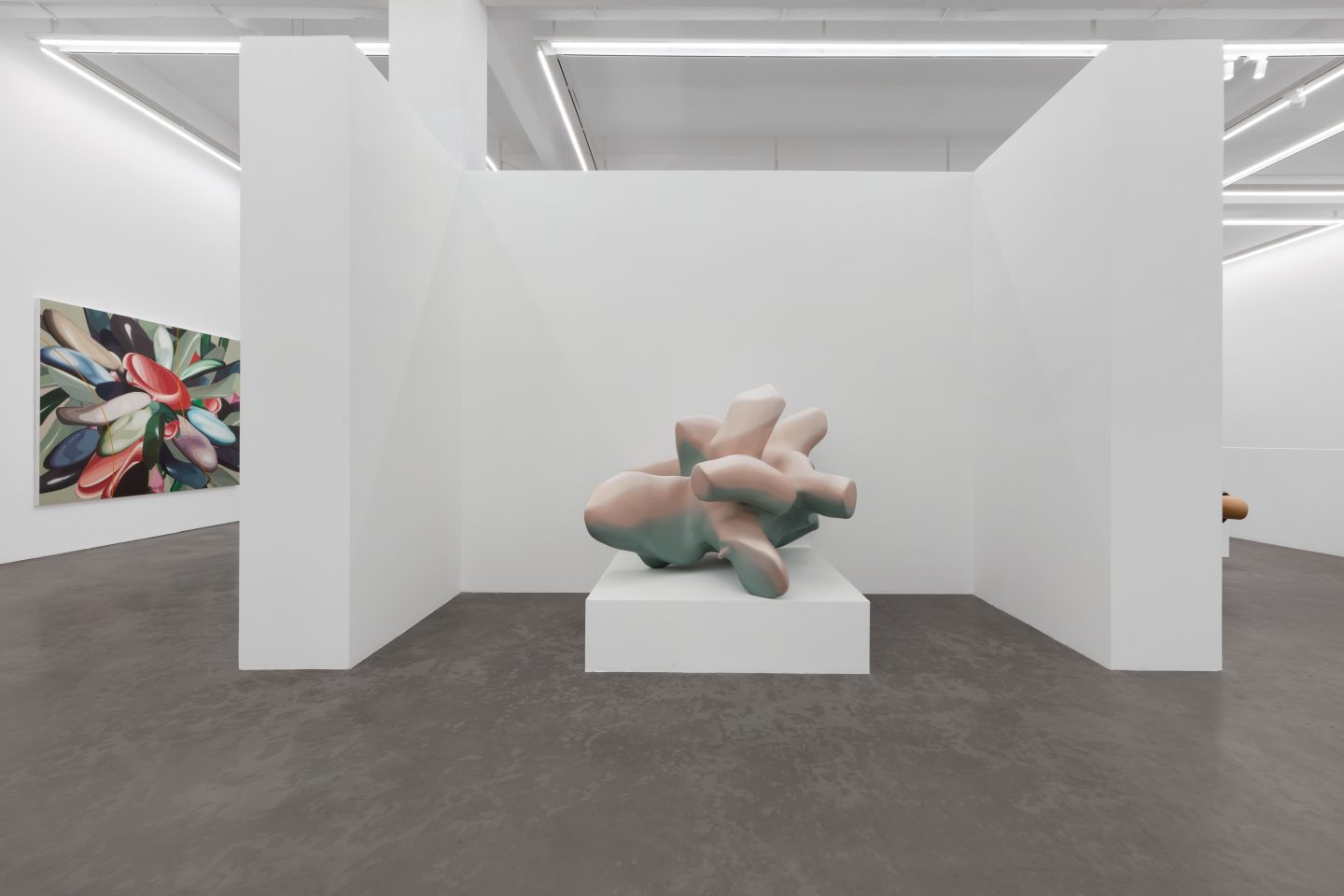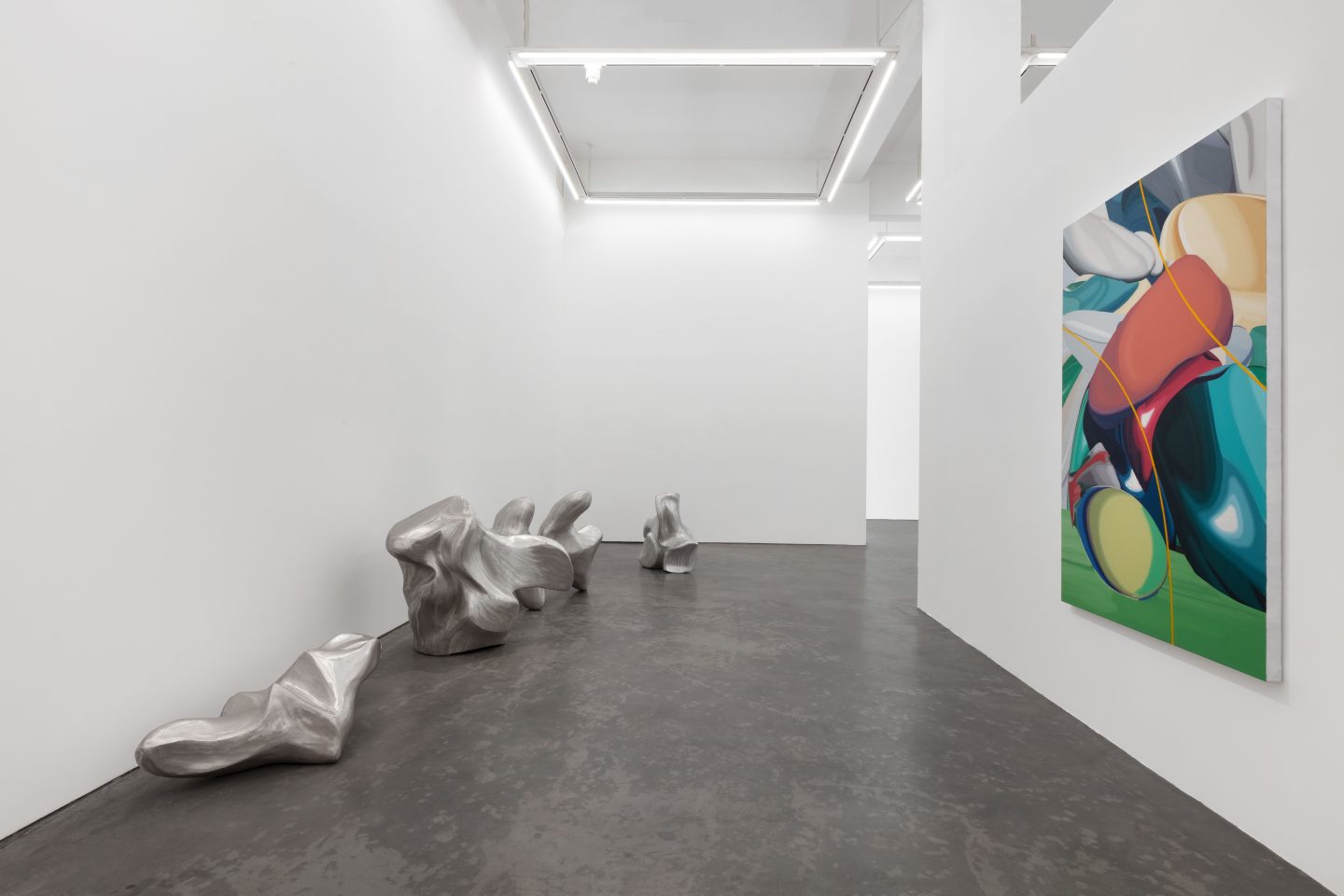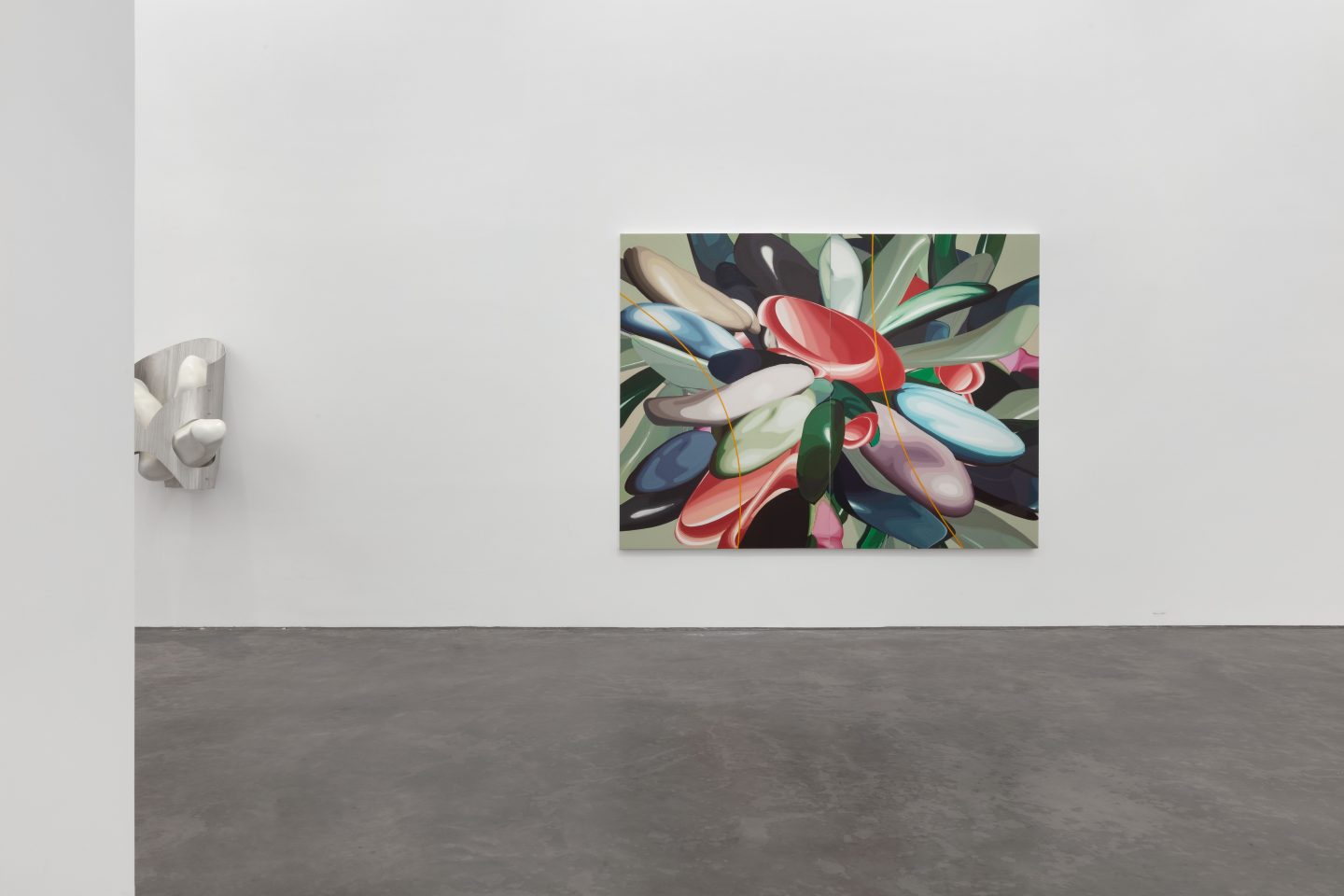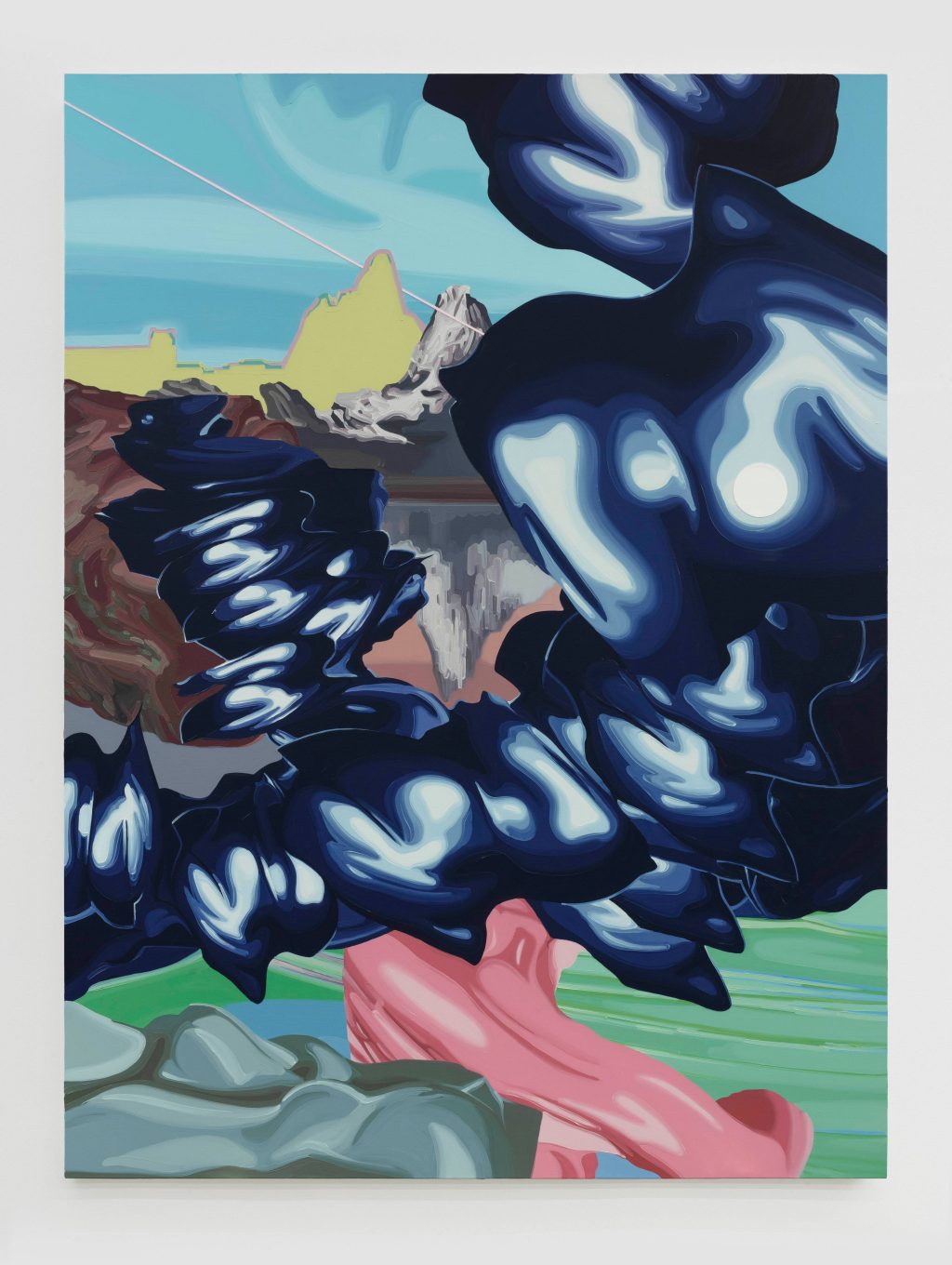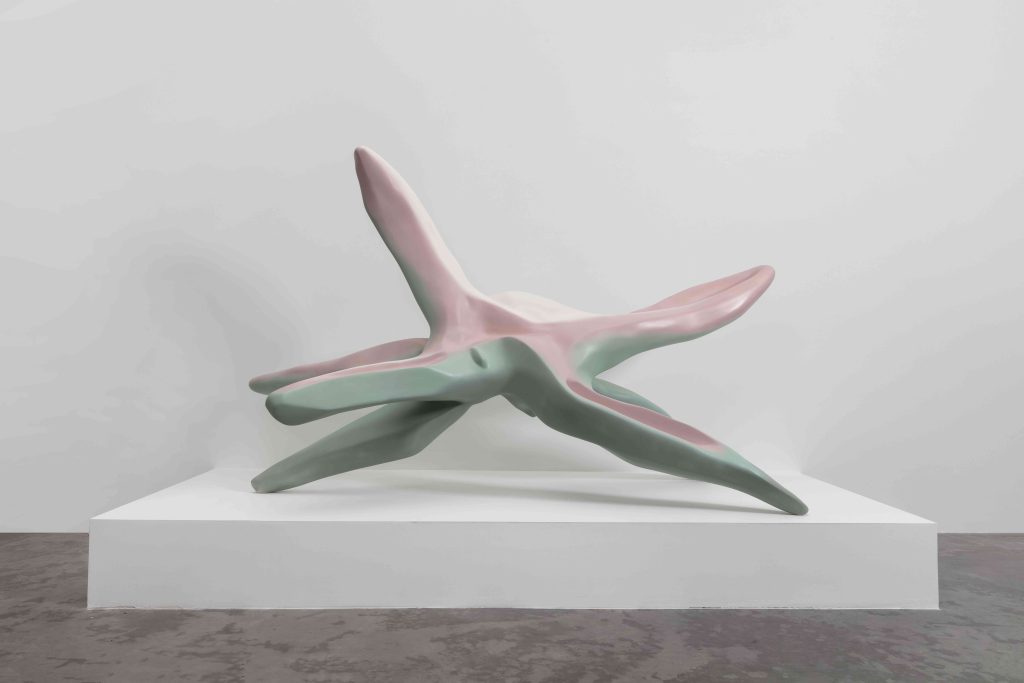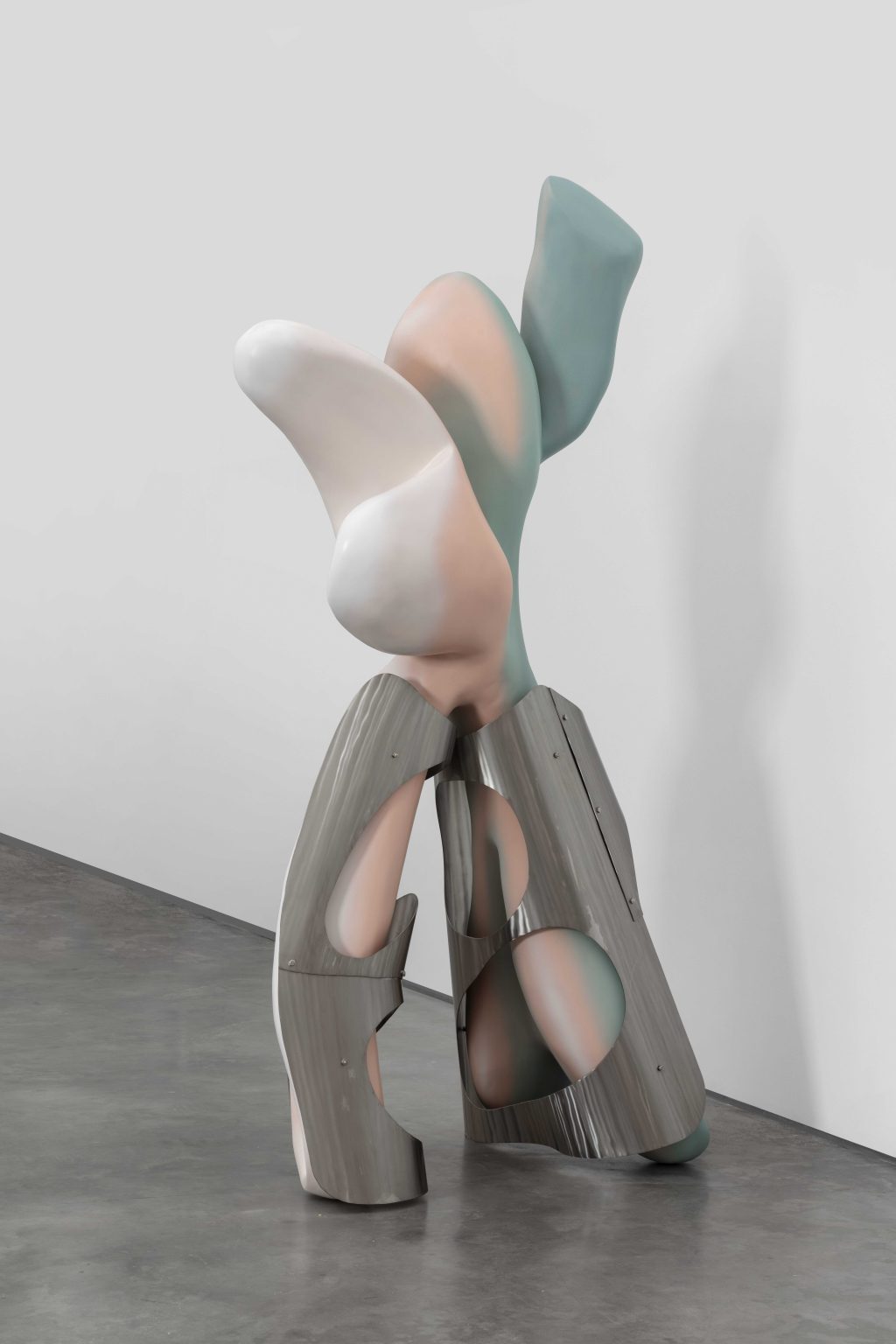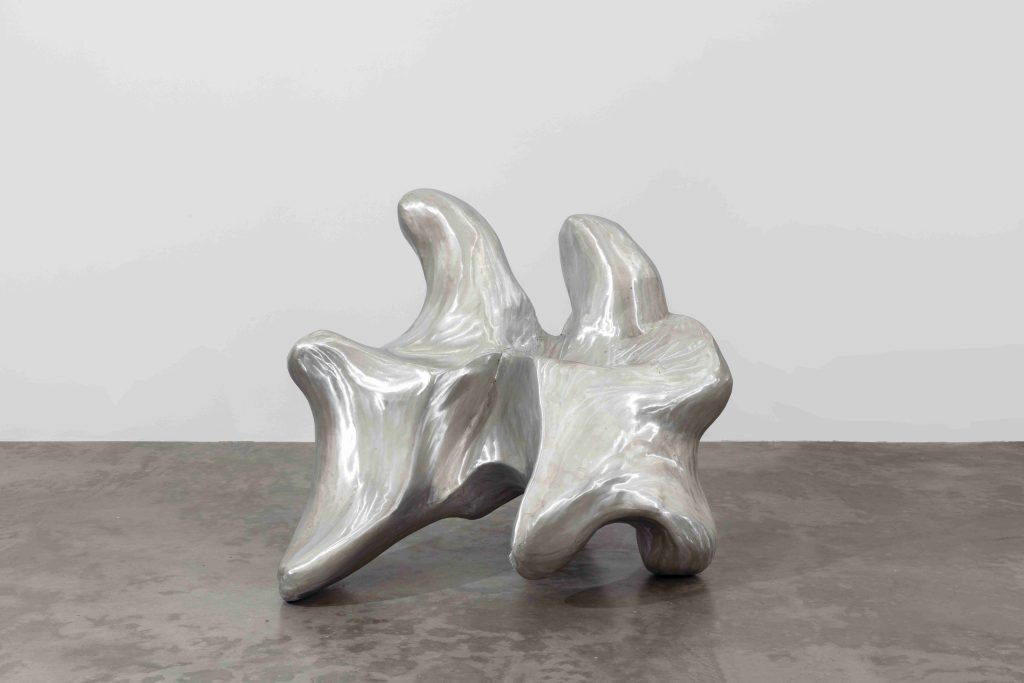Press Release
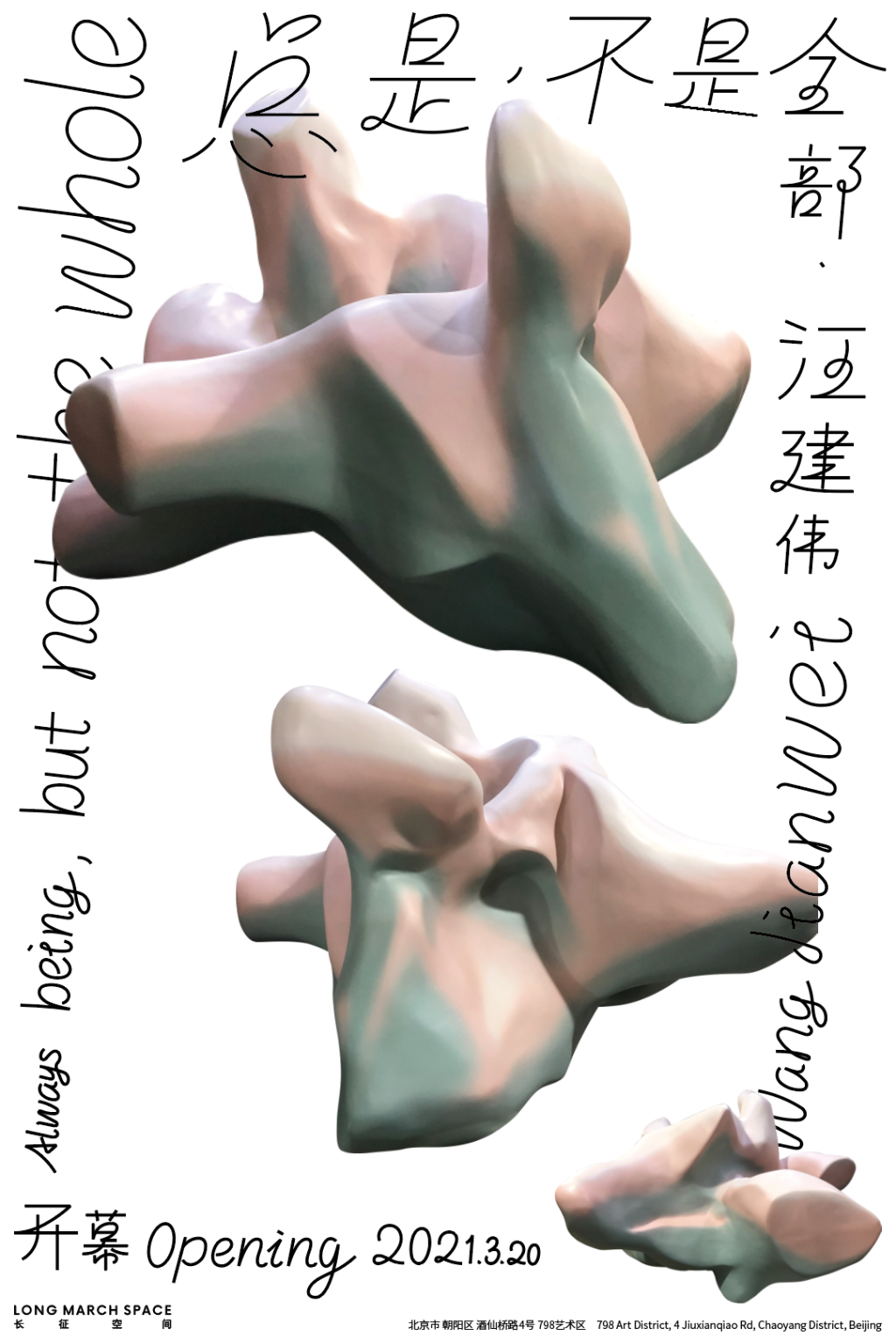
Always being, but not the whole showcases the artist’s contemplations and artistic practice since he began to focus on Speculative Realism and Object-Oriented Ontology in the recent years. This philosophical and ideological turn shatters the worldview—often seen in realism—that sees human as subject and subverts one’s understanding of human–object and object–object relations, and challenges one’s point of view by positioning objects on an equal plane. Through his work, Wang has undoubtedly revealed a new expression of how objects and the world may be portrayed.
Through his sculpture, Wang makes objects as he understands them, at an object-oriented horizon arising from a different cognitive and perceptual standpoint. These objects have unknown origins, unknown functions, unknown purposes, and unknown properties. The objects in what we call sculptures display the fluid forms and the shifting relations between the whole and the parts—and between the different parts themselves—as well as the amorphous relationship between objects and their surrounding spaces. All these unknown objects seem to follow the biological theory of “symbiotic evolution,” manifesting what’s been concealed (or withdrawn) within the cognitive framework of “correlationism” in the realism, through the apparent ambiguity of the obvious.
The artist’s work at this stage, however, is not so much to “unveil,” but rather to see the reorganization of withdrawal as a point of departure. In reality, Object-Oriented Ontology calls for the intrinsic value of an object, not the relations between objects or their symbolic meanings. It means that a thing is no longer defined by a single meaning, instead, it is filled with all kinds of potentials. This leads to Always being, but not the whole.
Artworks
Always being, but not the whole
Oil on canvas
Always being, but not the whole
Mixed media—unsaturated polyester resin, acrylic spray paint, stainless steel...
Always being, but not the whole
Mixed media—unsaturated polyester resin, acrylic spray paint, stainless steel, white marble...
Always being, but not the whole
Mixed media-wood, spray paint
Always being, but not the whole
Cast aluminum



